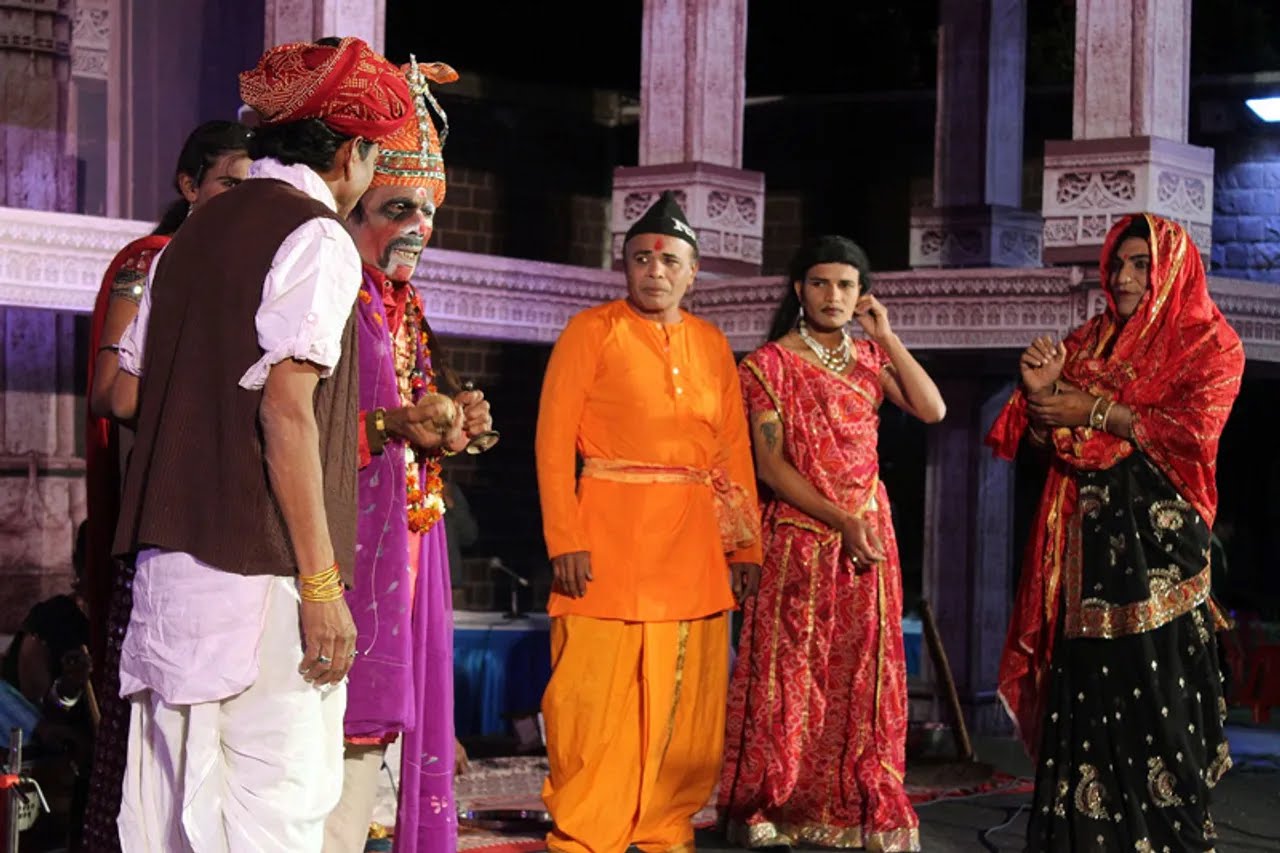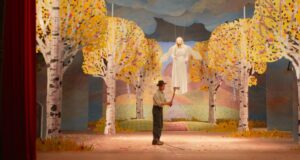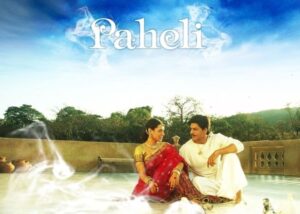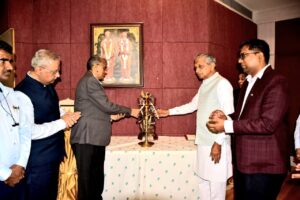“Bolo ta thaiyya, thaiyya ta thai” and the people of the entire village would come to the chauraha to be a part of Bhavai. Theatre has been an integral part of India since the Vedic age. Beginning with the depiction of wild animals, hunters and their daily activities in ancient India to mythology in the medieval, contemporary theatre has adopted themes that raise awareness of various social issues in the society. Ritualism has made a great impact in the presentation of Indian theatre that indeed paved the way to moving towards the classical presentation of Indian theatre. Furthermore, the entire tradition of Indian drama was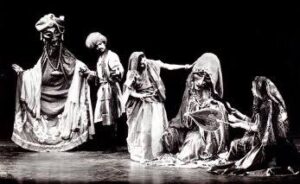 rather systematised by Bharata Muni through his Natyashastra. The speech, poise, dance, mudra, rhythm, music, dress; name any theatre element and you would find a manual of the same in Natyashastra.
rather systematised by Bharata Muni through his Natyashastra. The speech, poise, dance, mudra, rhythm, music, dress; name any theatre element and you would find a manual of the same in Natyashastra.
While theatres today are striving hard to survive, there are a few powerful Gujarati folk theatre forms which are struggling. Bhavai, which dates back to the 14th century, is one such traditional folk theatre form of Gujarat which is almost on the verge of extinction. Bhavai performers generally belong to the ‘Targala’ community popularly known as ‘Bhavaiyya’.
How popular is Bhavai these days?
There are many theatre fanatics who still want to watch Bhavai but there is a shortage of performers. While most art forms die due to lack of its takers, this form is struggling due to lack of artists in the form of performers. Today, none of the families encourage their younger generation to take up this as a profession as it does not pay well. If you dig into the past, the Bhavai performers were hugely respected and the villagers would gift them with lavish clothes and ration.
Bhavai has always been used to address social issues like malnutrition, substance abuse, dowry, illiteracy and various other government programmes that target social awareness. It is one such form which is flexible and spontaneous. There is absolutely no need for curtains or stage props, just colourful costumes and musical instruments would suffice. The only limitation of Bhavai is that the local language and dialects are not understood by many.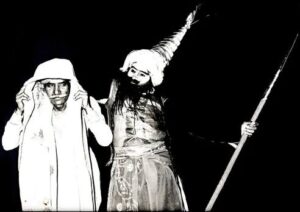
On the occasion of World Theatre Day which is celebrated today, every year; there is a dire need to brainstorm certain ideas that would help the one among many folk theatres like Bhavai which is struggling hard to survive. We need to give the artists a financial assurance as well as include such folk theatre forms in the syllabi for students of literature and performing arts. Also, to work towards the Theatre Day’s theme of ‘Theatre and a culture of peace’, governments specifically at the national levels must stage these folk art forms to raise awareness regarding various schemes that they are launching to better connect with the audience and also in a way promote such dying art forms.
-Gopi Shah

